What is composition?
Composition refers to how your artwork's mood, lighting and even shadows are tied together. A strong and proper composition is essential in everything you will do as an artist. Once you are able to lead your audience into the world you created and make them feel as if they are a part of the picture, consider yourself a true artist.
In composition, there are three rules or techniques we follow: the Rule of Thirds, Iconic and Leading the Eye.
The Rule of Thirds
When applying the Rule of Thirds, you have to divide your canvas (or paper) into nine equal parts made using two pairs of horizontal and vertical lines.
The main objective of this technique is to place your subject or your most essential element in one of the intersections where the lines meet.
When applied properly such that your subject or focal point sits on one of the intersections, your artwork becomes more interesting than simply having it centered.
Below are some examples of The Rule of Thirds for inspiration:
Iconic
To make sure your subject is sitting right in the center of your piece, a diamond-shaped guide is always used.
A diamond guide will tell you where you should place most of the attention or detail of your artwork - this is in addition to how you will place your lighting, color, details and other visual aspects.
Check out these examples of art pieces that follow the Iconic technique:
Leading the Eye
Leading the Eye is made of several steps - deciding where the area of interest is in your artwork (it does not necessarily have to be at the center), arranging all the visual elements such that it moves your audience's eye to that area of interest and re-arranging again to redirect the eye away from the area of interest to the other parts of your artwork.
To keep your audience's attention within the boundaries of your work, avoid committing any design flaws that would take their focus out of our work.
Accomplishing these objectives is possible when you keep the following tips in mind:
- the human eye is attracted from a distance by brightness and contrast
- the human eye investigates from the bottom and moves up and to the right
- the human eye is attracted also up close by hard edges, crossing lines, warm colors, details and contrasts
- the human eye almost always misses areas with little value contrast, soft edges and colors of the same shade
- the human eye moves along a hard edge and a gradation from darkness to lightness
- the human eye is confined by hard edges too
- the human eye is stimulated with irregularity and variety
- the human eye also needs a place to rest
Your turn to learn composition
Below is our 2017 art class schedule for your reference. For class bookings, reservations and other inquiries, do not hesitate to call us at 0915-5948191, 0917-8784766 or (02)7886766.
www.helloartsy.com
www.theartistsroad.net
www.photographymad.com
www.smartpress.com
www.jonrocke.wordpress.com
www.humanitiesusa.wordpress.com
www.sites.google.com/site/jnasue/composition
www.kaioshen.deviantart.com
www.campbellkinggadconceptart.blogspot.com
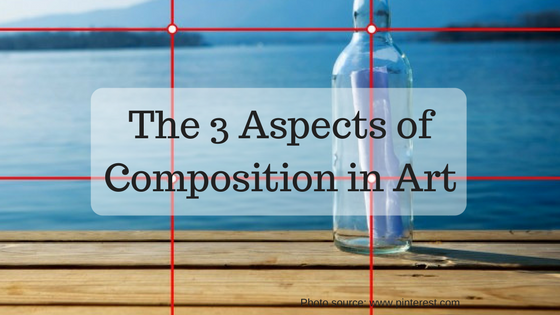
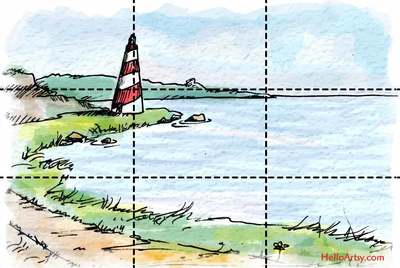
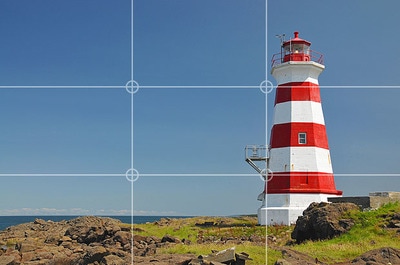
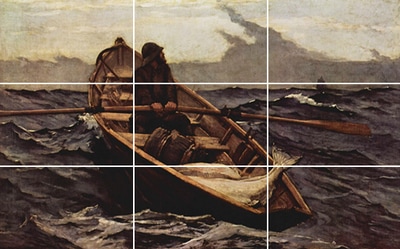
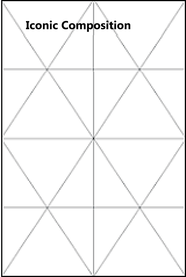
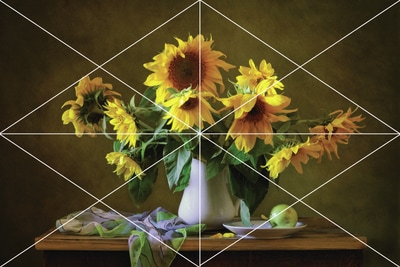
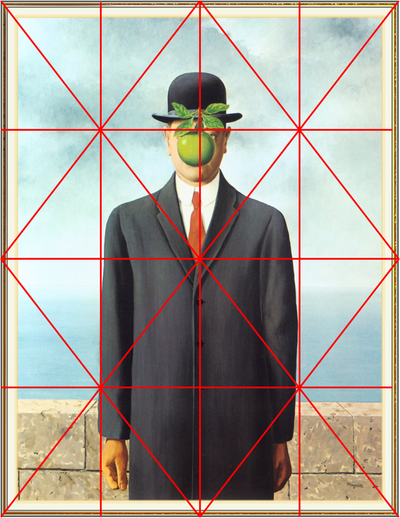

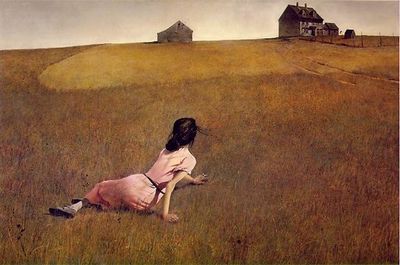


 RSS Feed
RSS Feed
